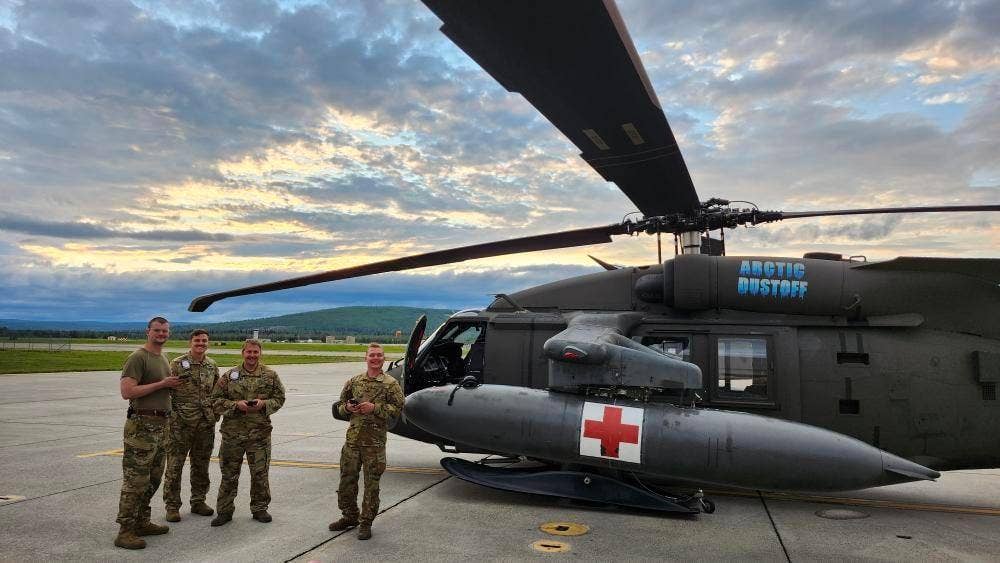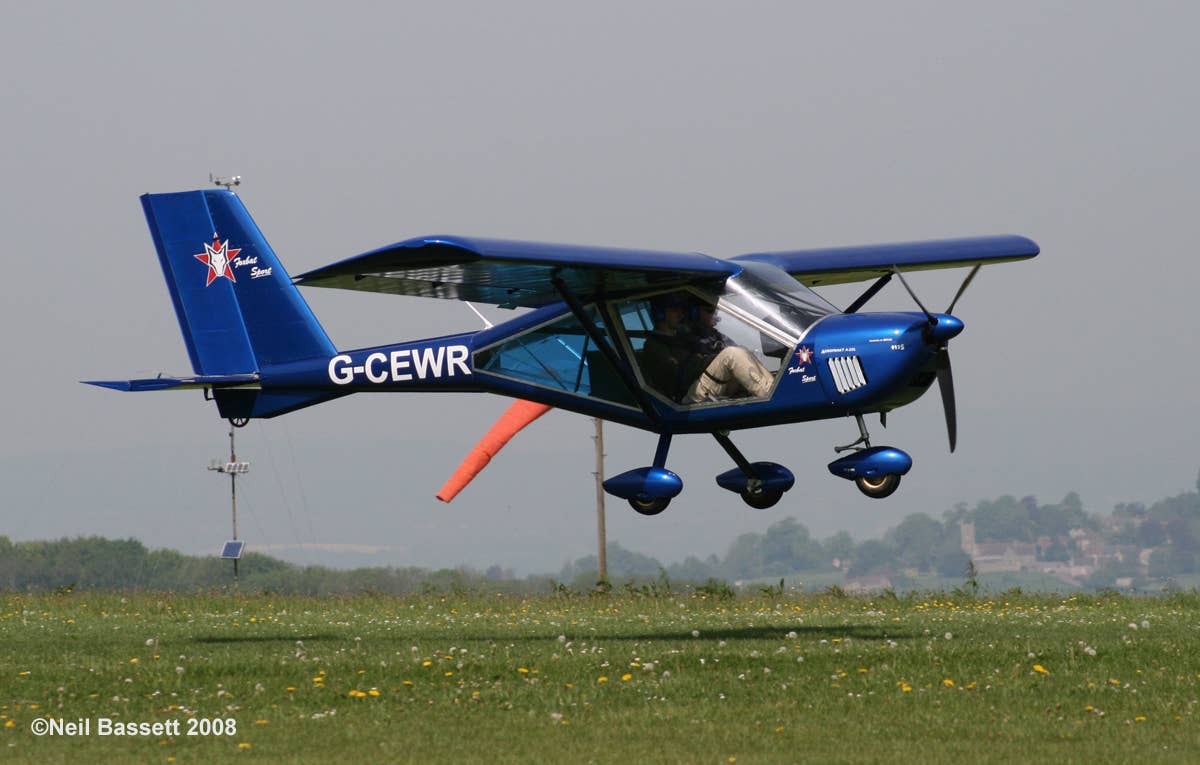Army Scraps Future Attack and Reconnaissance Aircraft Program
The service is also phasing out two legacy drone programs and ending production of the UH-60V Black Hawk variant.

Sikorsky unveiled its prototype of the Raider X next-gen scout helicopter, one of two contenders for the Army’s Future Attack Reconnaissance Aircraft (FARA) program. [Credit: Sikorsky]
The U.S. Army is canceling development of its Future Attack and Reconnaissance Aircraft (FARA) next-gen scout helicopter program, instead turning to more cost-effective drones to fill the capability.
The move comes as the service said it made a "sober assessment" of modern warfare that prompted it to "rebalance its aviation modernization investments."
"In reviewing the FARA program in light of new technological developments, battlefield developments, and current budget projections, Army leaders assessed that the increased capabilities it offered could be more affordably and effectively achieved by relying on a mix of enduring, unmanned, and space-based assets," the Army said.
Sikorsky's Raider X and the Bell 360 Invictus prototypes were the two contenders for the FARA program geared to replace the retired Bell OH-58 Kiowa Warrior reconnaissance helicopter. Development on that program will stop at the end of fiscal 2024 prototyping activities, the Army said.
The decision was made as a result of lessons learned from the ongoing war in Ukraine, according to one service official.
“We are learning from the battlefield—especially in Ukraine—that aerial reconnaissance has fundamentally changed,” General Randy George, chief of staff of the Army, said in a statement. “Sensors and weapons mounted on a variety of unmanned systems and in space are more ubiquitous, further reaching, and more inexpensive than ever before."
The service said it is also phasing out systems that aren't considered "survivable on today's battlefield," such as the Shadow and Raven legacy uncrewed aircraft systems, and is ending production of the UH-60V Black Hawk variant due to the rise in cost. Instead, the service said it is committing to a new multiyear contract to buy the UH-60M Black Hawk, an airframe that offers a service life of more than two decades.
The Army is also delaying entering production of its next-generation replacement engine—the General Electric Aerospace T901 Improved Turbine Engine Program (ITEP)—to ensure adequate time to integrate it with AH-64 and UH-60 platforms.
According to the Army, the revamped aviation priorities will allow for more resources to make investments, such as advancing the CH-47F Block II Chinook helicopter formally into production and "end uncertainty" over its future. The service is also continuing its commitment to the Future Long-Range Assault Aircraft (FLRAA) under development to replace the Army’s fleet of UH-60 Black Hawk helicopters. That program is on the path to fielding to its first operational unit in Fiscal 2030.
"Although Army leadership had to make difficult tradeoffs between programs, this plan will allow the Army to continue building modern capability across its aviation portfolio while funding other critical priorities in future budgets," the service said in a statement.

Subscribe to Our Newsletter
Get the latest FLYING stories delivered directly to your inbox






